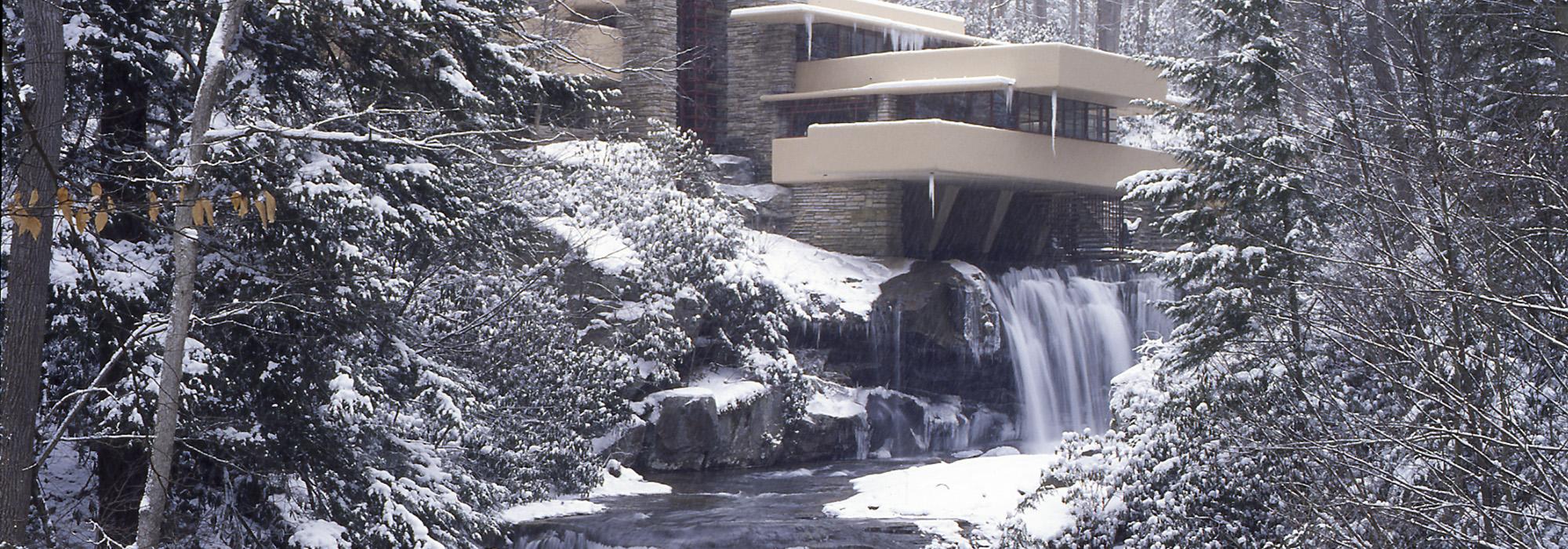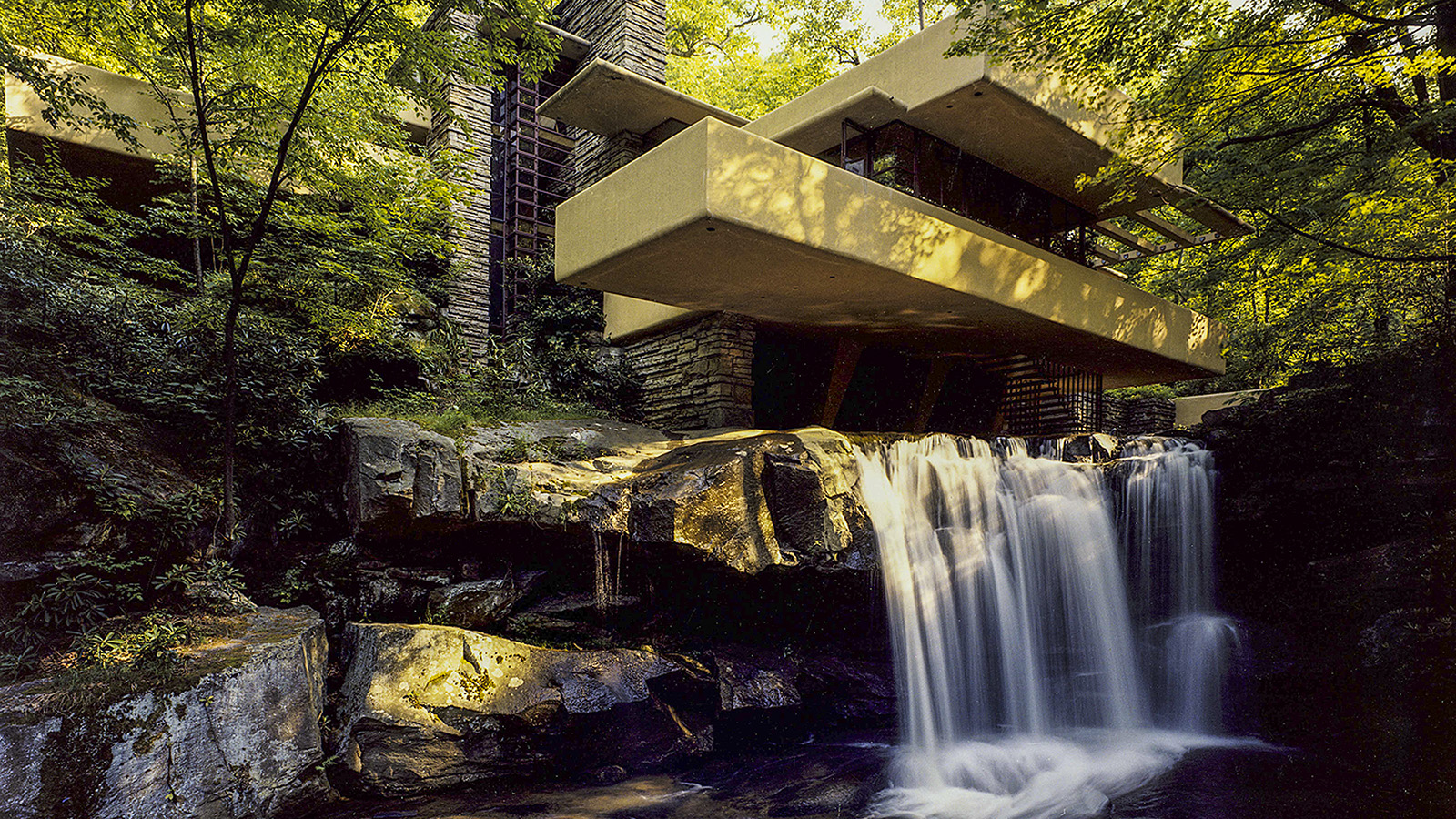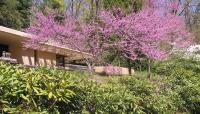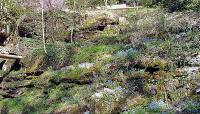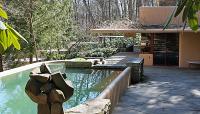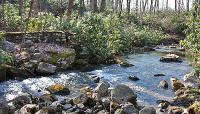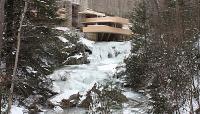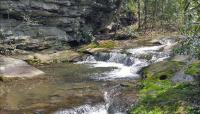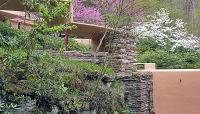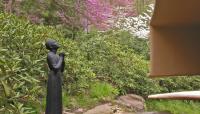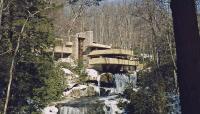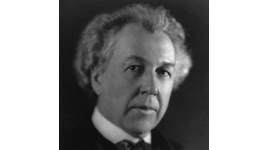Landscape Information
Recognized as one of Frank Lloyd Wright's most acclaimed works and a supreme example of Wright's concept of organic architecture, promoting harmony between people and nature through design so well integrated with the site that buildings, furniture, and surroundings become part of a unified, interrelated composition.
At Fallingwater, designed in 1935 for the Edgar J. Kaufmann family of Pittsburgh, Wright responded to the family's love of a particular waterfall on Bear Run, a nearby rushing mountain stream. Mimicking a natural pattern of native rock ledges, Wright placed the house over the falls in a series of cantilevered concrete trays anchored to masonry walls made of local Pottsville sandstone.
Construction began in 1936, and ended with the completion of the guest house in 1939. The Kaufmann family used Fallingwater in all seasons as a weekend retreat and vacation home until the 1950s, when their son inherited it. Edgar Kaufmann, Jr. continued to use Fallingwater until he entrusted the house and an accompanying 1900 acres to the Western Pennsylvania Conservancy in 1963. His gift was lauded by the architectural community as a commendable act of preservation during a time in which many Wright-designed buildings were being demolished or left in a serious state of disrepair.
Fallingwater is open to the public with its landscape, original furnishings, and artwork intact and was designated a National Historic Landmark in 1974.



